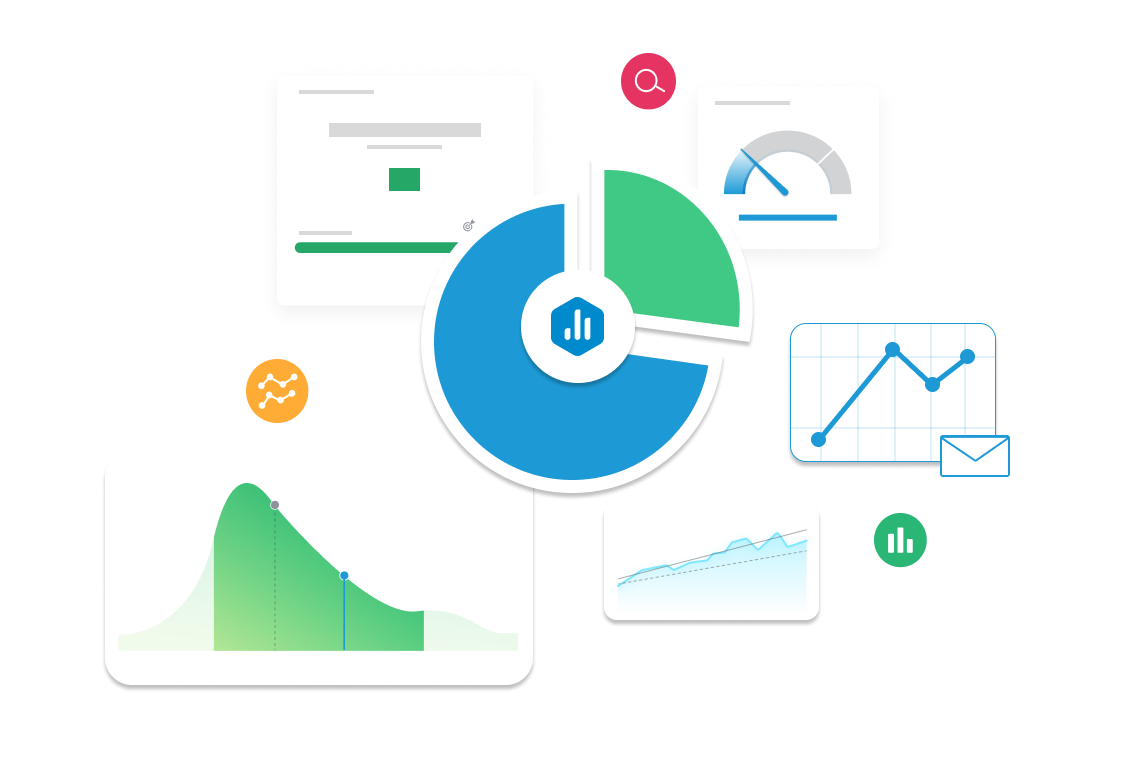Cost Per Acquisition
Cost Per Acquisition (CPA) is a critical marketing metric that measures how much it costs to acquire a new customer or lead. By analyzing CPA, businesses can determine the efficiency of their marketing efforts and optimize budget allocation for better returns.

| Category |
Marketing |
|---|---|
| Type |
Lagging indicator |
| Calculation |
CPA = Total Marketing & Sales Costs / Total Conversions |
| Measure |
CPA helps businesses evaluate the efficiency of their marketing and advertising strategies. A lower CPA indicates cost-effective customer acquisition, while a higher CPA suggests the need for optimization. |
| Data Sources: |
Google Ads, Meta Ads Manager, Google Analytics, HubSpot, Salesforce, Marketo, LinkedIn Ads, TikTok Ads |
| Frequency |
Real-time, Daily, Weekly, Monthly |
Example target
Reduce Cost Per Acquisition by 20% in Q3 by refining audience targeting, optimizing ad creatives, and enhancing conversion rate optimization (CRO) strategies.
Example Reports Use Case
CPA is a critical metric for assessing marketing performance. A digital marketing manager may track CPA to evaluate ad campaign efficiency, while a growth strategist may analyze CPA trends to optimize budget allocation and maximize ROI.



